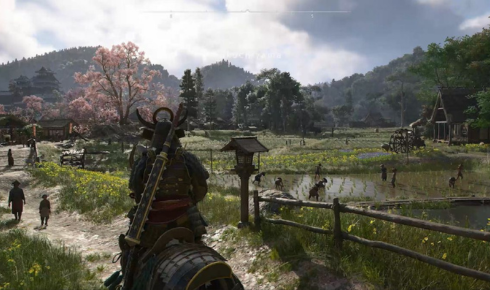When the Sky Matters: How Dynamic Weather Shapes Video Game Worlds
From sun-drenched landscapes to ominous storm clouds rolling in, weather systems in video games have evolved from simple visual effects to gameplay-defining features. No longer just atmospheric dressing, weather in games now influences tactics, mood, realism, and even narrative outcomes.
So how did this evolution happen—and why does weather matter so much in gaming today?
From Static Skies to Real-Time Storms
In early gaming history, weather effects were static or purely decorative. Rain might fall, thunder might rumble, but it didn’t alter the player’s experience.
That changed as technology advanced.
Games like The Legend of Zelda: Breath of the Wild introduced real-time weather systems that directly impact gameplay. Rain makes cliffs slippery, lightning targets metal gear, and extreme heat or cold forces players to prepare accordingly. Suddenly, the sky wasn’t just background—it was part of the strategy.
Mood and Storytelling Through Weather
Weather also plays a key role in emotional storytelling. A sudden snowfall in a quiet forest, a thunderstorm during a pivotal cutscene, or a gentle sunrise after a long battle—these moments enhance immersion and deepen narrative impact.
In games like Red Dead Redemption 2 or The Witcher 3, weather isn’t just dynamic—it’s cinematic. It mirrors a character’s emotional state, sets the tone for exploration, and helps define the world’s personality.
Tactical and Survival Challenges
In survival games like The Long Dark or Green Hell, weather is a constant threat. Players must account for freezing temperatures, dehydration during heatwaves, or visibility loss in fog. These mechanics add complexity and urgency, turning nature into a formidable antagonist.
Even military shooters like Battlefield V use storms and fog as variables that influence visibility, audio detection, and movement—forcing players to adapt their combat style.
Weather as a Living Element
Dynamic weather also helps game worlds feel alive. Watching clouds form in the distance, seeing puddles accumulate during rain, or experiencing shifting wind patterns adds realism that deepens immersion.
Some titles even simulate weather with procedural generation, ensuring no two experiences are the same. It creates unpredictability—a key ingredient in keeping gameplay fresh over time.
Final Thought
Weather in video games has come a long way. It’s no longer just a visual effect—it’s a functional, emotional, and strategic layer of game design. Whether it’s shaping survival, influencing tactics, or telling silent stories through sky and wind, weather systems help transform digital landscapes into believable, breathing worlds.
And as video game design continues to evolve across genres—from open-world adventures to competitive strategy—platforms like oleng togel highlight just how far the concept of interactive environments and player-driven experiences can go.

